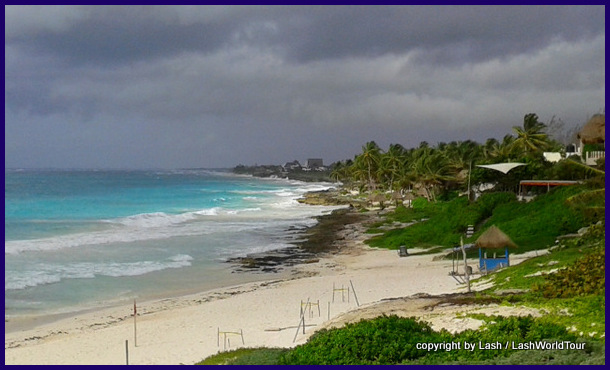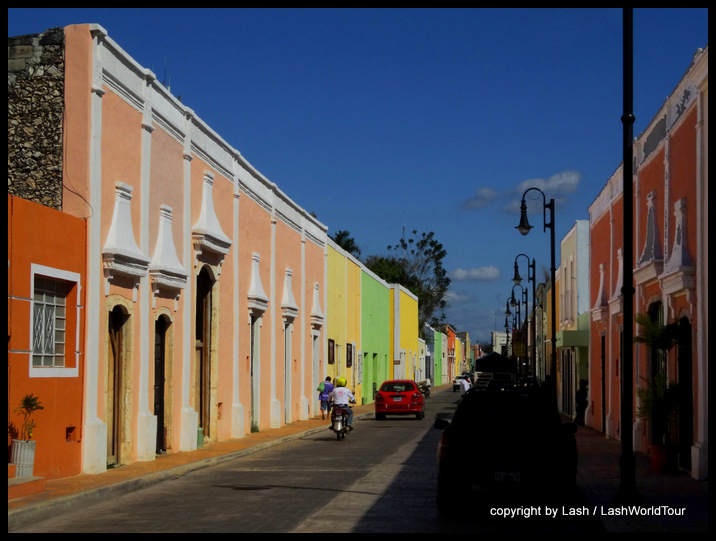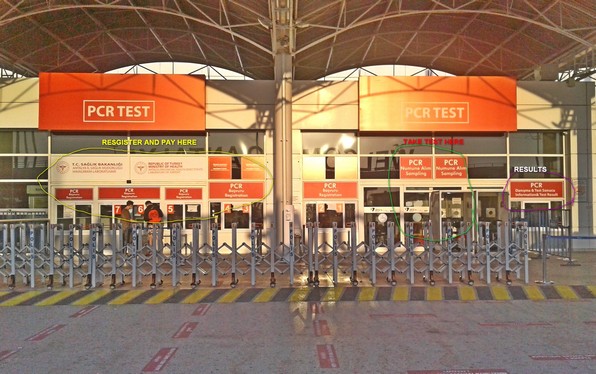
Today, Mexico’s borders are open to all tourists. Air traffic has been restored; there are no quarantines and restrictions for travelers. In this article, we will look at the specifics of obtaining a visa to Mexico – what needs to be done to get it, how long to wait for the approval, and what restrictions are in effect on the territory of Mexico at the moment.
Who Needs Mexico Visa?
Tourists from most countries do not need a visa to enter Mexico. Instead, you can visit Mexico by applying for a free electronic permit, called the Mexico Tourist Card. It can be issued in the Natvisa service in advance before the trip to the Mexican territory. SAE is necessary for all travelers, including children.
In the questionnaire on the website, you must specify your data – first and last name in English, passport number, and expiration date. If you made a mistake when entering data, then you need to fill out the form again. You can do this no more than twice a day.
Even if a tourist has received an electronic Mexico Tourist Card permit, the final decision on whether he can enter the country is made by an employee of the migration service. When crossing the border, a traveler may be asked questions about the reasons and timing of the trip, to clarify whether he has enough money for a vacation. If there are doubts about the conscientiousness of a tourist, he will not be allowed into the country.
Tourists who have one of the following documents will not need an electronic permit to visit Mexico:
- multiple-entry Schengen visa;
- valid visa for Canada, USA, Japan, UK;
- a document confirming residence in one of the Schengen countries or in Canada, USA, Japan, Great Britain, Chile, Colombia, Peru.
At the same time, the number of crossings of the Mexican border with a US visa is not limited, and the duration of stay is within 180 days per visit.

Mexico Visa Processing Time
Permission processing may take several days, however, as a rule, everything happens within a few minutes. The Mexico Tourist Card entitles tourists, transit passengers, students, participants of sports events, and some other categories of travelers to a single flight to the country.
You can stay in Mexico for up to 180 days. You need to enter Mexico within 30 days after receiving a permit. If you do not have time, you will have to fill out the questionnaire again.
Requirements
To enter Mexico, you do not have to take PCR tests or present vaccination certificates. To get into the country, you need:
- Fill out an online declaration 12 hours before departure.
- Print out an electronic entry permit and present it to airline employees at check-in. Tourists who can travel without an electronic permit must present one of the documents listed above.
- Upon arrival, fill out the migration form. It indicates the passport data of the traveler, the timing and purpose of the trip.
- When crossing the border, show an online declaration, an entry permit or visa, and a migration form (FMM) to the Migration Officer.
Minors (under the age of 18) traveling accompanied by third parties who are not parents or legal guardians, or unaccompanied by adults when leaving Mexico for any country must have a notarized power of attorney to leave and travel alone or accompanied by a third person from both parents/guardians. If such a power of attorney is issued outside of Mexico, it must be certified with the “Apostille” stamp or the seal of the Mexican Consulate in the issuing country and accompanied by an authorized translation into Spanish. Kids under the age of 17 do not have to have their passport if they are registered in the passport and visa of their parents and travel with them.

Visa Types for Mexico
Mexico offers its guests several types of visas, depending on the purpose of visiting the country:
- A simple visa without the right to work.
The holder of this visa has the right to work in Mexico, but does not have the right to receive income from his activities in the country. For example, a journalist comes to Mexico to interview a celebrity, and a publication from another country pays him a fee.
- A simple visa with the right to work.
It allows engaging in paid activities in Mexico during its validity period. For example, a Mexican company invites a foreign engineer on a short-term contract (up to 180 days).
- The Regional Visitor Card (TVR)
It is issued only to the citizens of Guatemala, Belize, El Salvador, and Honduras. It allows you to enter and stay for 7 days only on the territory of the southern border states of Mexico (Campeche, Chiapas, Tabasco, Quintana, and Yucatan).
- Mexico Tourist Card.
An electronic permit can be obtained remotely through the Natisa online service.

Current COVID-19 restrictions in Mexico
It is also worth saying a few words about the coronavirus restrictions in force in Mexico at the moment. In Mexico, a “traffic light” system was introduced: the country was divided into green, yellow, orange, and red zones, depending on the number of cases:
- The green zone includes the states of Chihuahua and Chiapas. There are no serious restrictions here.
- The yellow zone includes Quintana Roo, Oaxaca, Baja California Sur, Coahuila and other states. Cafes and restaurants here can fill up to 75%. You need to wear medical masks indoors — and on the street, if you can’t keep your distance.
- In the orange zone – Nuevo Leon, Sonora, Puebla, Tamaulipas and others. Here cafes and restaurants can be filled with a maximum of the half. Masks are mandatory in all public places.
- Not a single state is currently classified as a red zone. But if the situation with the incidence of coronavirus worsens, some states can make them “red”. In this case, people will be advised not to leave the house unless necessary. And medical masks will also be required to be worn in all public places.
Today, many countries are opening their “air curtain” and the flow of tourists to Mexico is growing rapidly. This has a very positive effect on the tourist infrastructure. Working restaurants and entertainment areas not only help their owners to get out of the crisis, but also provide vacationers with a much-needed atmosphere of celebration and freedom.
The Mexican authorities are trying not to interfere with tourists and businesses enjoying each other. Tourists still arrive and check into hotels without prior quarantine.
On the streets of the city and in the tourist area, many people go without masks and the police do not find anyone. You will definitely be asked to wear a mask when you go to the store or in the public areas of the hotel. But you can be at the sea, in the pool or watch unforgettable sunrises and sunsets from the balcony completely freely, without any restrictions.
===============================











 Hi! I'm Lash, an American nomadic world traveler who's been traveling solo since 1998. I’m passionate about traveling the world nomadically and then sharing it all with you. I hope to inspire you to travel the world, to entertain you with tales from the road, and to help you reach your travel dreams. Welcome!
Hi! I'm Lash, an American nomadic world traveler who's been traveling solo since 1998. I’m passionate about traveling the world nomadically and then sharing it all with you. I hope to inspire you to travel the world, to entertain you with tales from the road, and to help you reach your travel dreams. Welcome! 



